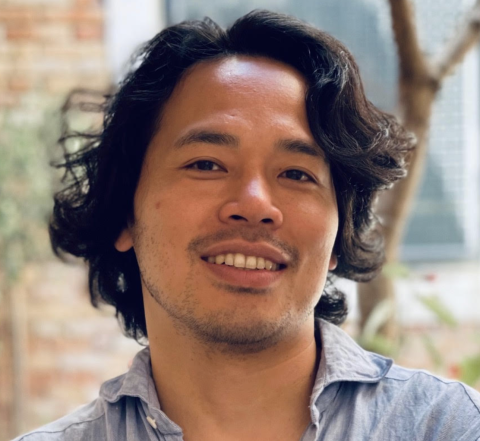Speaker: Takanori Fujiwara (University of Arizona)
Abstract
High-dimensional data contains a rich set of measured observations of a phenomenon and is ubiquitous for data analysis. However, its high dimensionality makes data analysis challenging. One promising approach to address this challenge is to extract essential information by applying dimensionality reduction (DR) and then visualize the result for further data analysis. In this talk, I will discuss three aspects necessary to advance this analytical approach: (1) develop interactive DR methods, (2) investigate the reliability of DR results, and (3) design effective visualizations for DR results. Specifically, I will introduce new DR algorithms that enable interactive comparison of data groups and reveal the distinctive characteristics of each group. Second, I will demonstrate how existing DR algorithms can potentially hide prominent data patterns and lead to biased analytical insights, and I will present new algorithms designed to mitigate such potential biases. Lastly, I will showcase planetarium-scale, 3D immersive visualizations that engagingly communicate DR results. Advancing these three aspects will enable a more effective, trustworthy, and intuitive way of communicating and deriving insights from high-dimensional data.
Bio
Takanori Fujiwara is an Assistant Professor in the Department of Computer Science at the University of Arizona, where he co-directs the D-REP Lab (https://d-rep.org). His research focuses on visual analytics, data science, and machine learning, with particular emphasis on developing interactive dimensionality reduction methods and multimodal interfaces for high-dimensional data analysis. His work has been published in premier visualization and human–computer interaction venues, including IEEE Transactions on Visualization and Computer Graphics, IEEE VIS, ACM CHI, and ACM UIST, and has been recognized with multiple Best Paper Honorable Mention awards.
He received his Ph.D. in Computer Science from the University of California, Davis, a Master of Environmental Studies and a B.E. in Systems Innovation from the University of Tokyo. Before his Ph.D., he worked at Kajima Corporation, a leading construction company in Japan, and after earning his doctorate, conducted research at Linköping University in Sweden.
